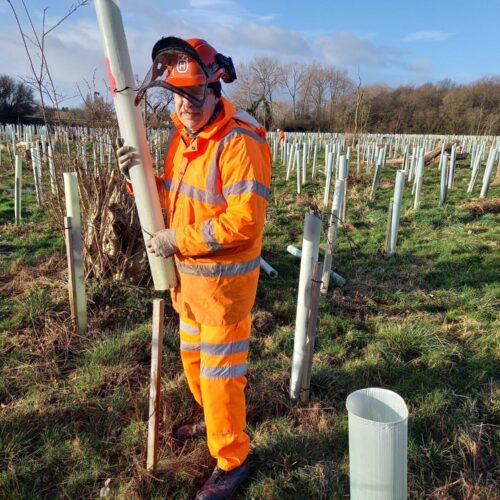It seems that the pace of technological advancement is fast outstripping the pace that we, as an industry, are able to accept and adapt to change.
They are calling this the post-smartphone era, yet we never really got to grips with the potential of using our smartphones for anything more innovative than taking photos or dipping into social media.
BIM (Building Information Modelling) is officially yesterday’s news, yet as an industry we are still struggling to get to grips with it. BIM level 2 is proving challenging to implement throughout the supply chain, and level 3 remains a distant speck on the horizon.
‘Disruptive’ technologies are coming at us left, right and centre, and trying to stay on top of it all is an impossible challenge: augmented reality, virtual reality, mixed reality, robotics, wearables technology, drones, and the buzz word of the moment, artificial intelligence.
It is as exciting as it is scary, the almost limitless potential and possibilities with all the associated possible risks and insecurity. We know that this technological advancement is something that will change the game forever, but to what extent and in what time frame no one knows.
These technologies are already leaching into our everyday lives. From a commercial point of view their attraction in reducing risks, making efficiencies and driving down costs is tantalizing. The fear of our competitors getting to grips with them before us is unmistakable.
In this new age of media saturation and information overload it can feel as if the whole world is doing something we are not. The challenge to respond, engage and try to stay ahead of the competition and find and develop applications for these emerging technologies is daunting.
Slow march of progress
However, I don’t think it’s time to hit the panic button just yet. Dipping into the history of these ‘new’ and ‘groundbreaking’ technologies brings up a few surprises.
3D CAD was first conceived in 1962, BIM as a term in 1986, ArchiCAD (BIM software) was first released in 1987, and IFC files were born in 1995. Nothing new there then.
Some things take even longer. GIS (Geographical Information Systems) have been around since the cholera outbreak in France in 1832 when French geographer, Charles Picquet, mapped cholera outbreak locations with different halftone gradients. It matured much earlier than CAD with its more obvious applications for the military, state and other agencies. Yet, it has only been after the rise of BIM that the construction industry has taken a keen interest in GIS and we are just starting to explore the possibilities.
Virtual reality has been around since the 1950s, with Morton Heilig’s ‘Sensorama’ machine. The first headsets were brought to the market in the 60s. The story is the same with artificial intelligence but with more protracted beginnings – this time conceived in Greek mythology by Hephaestus, the god of the smiths, and given life in the 1950s by numerous pioneers including Herbert A. Simon, J.C. Shaw, and Allen Newell who wrote the first AI computer programme, the General Problem Solver or G.P.S.
So, whilst we need to engage and explore what advantages and implications these technologies can bring, I think perhaps, with the exception of the dawn of the robot bricklayers, our jobs are safe for the moment.











